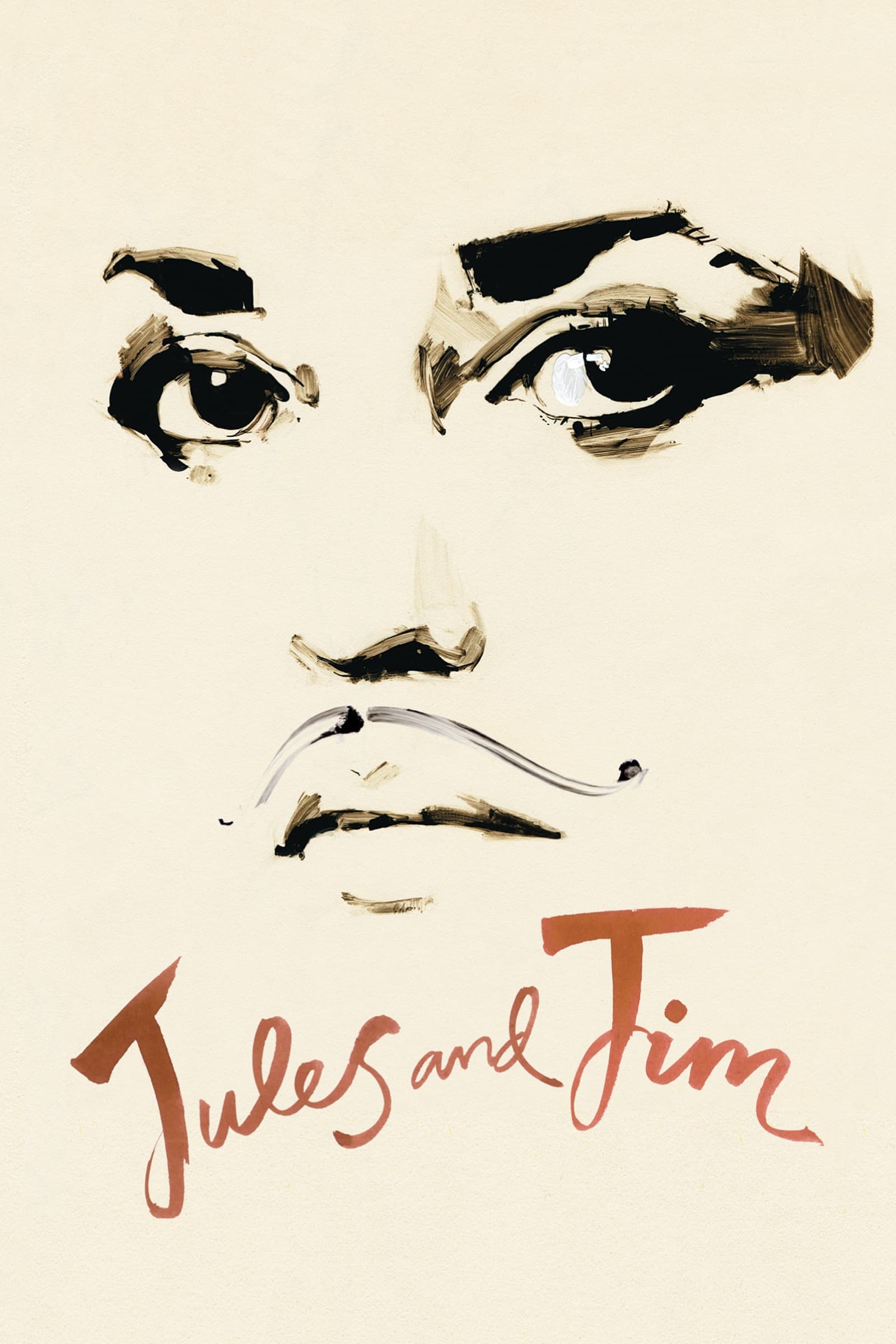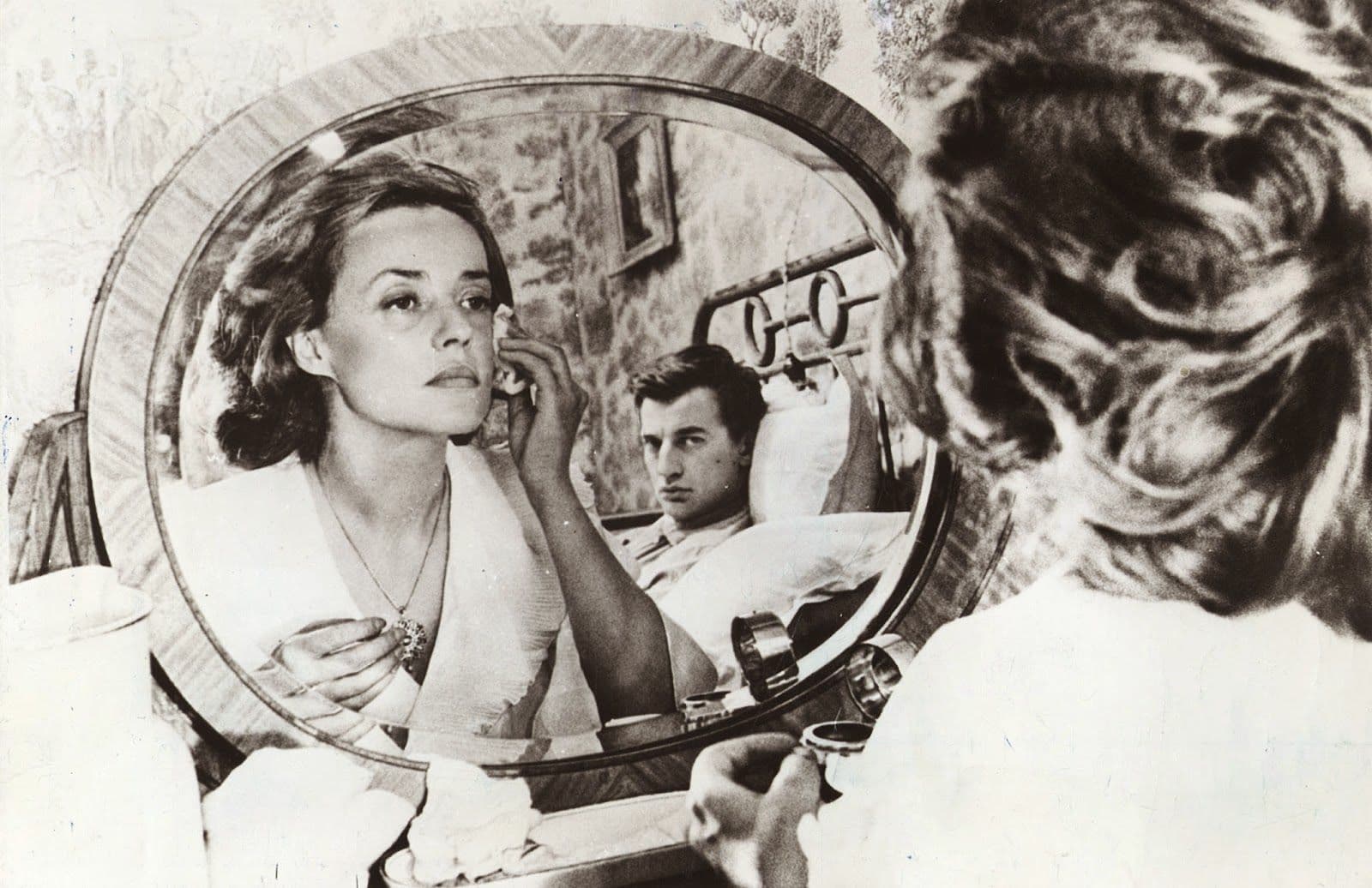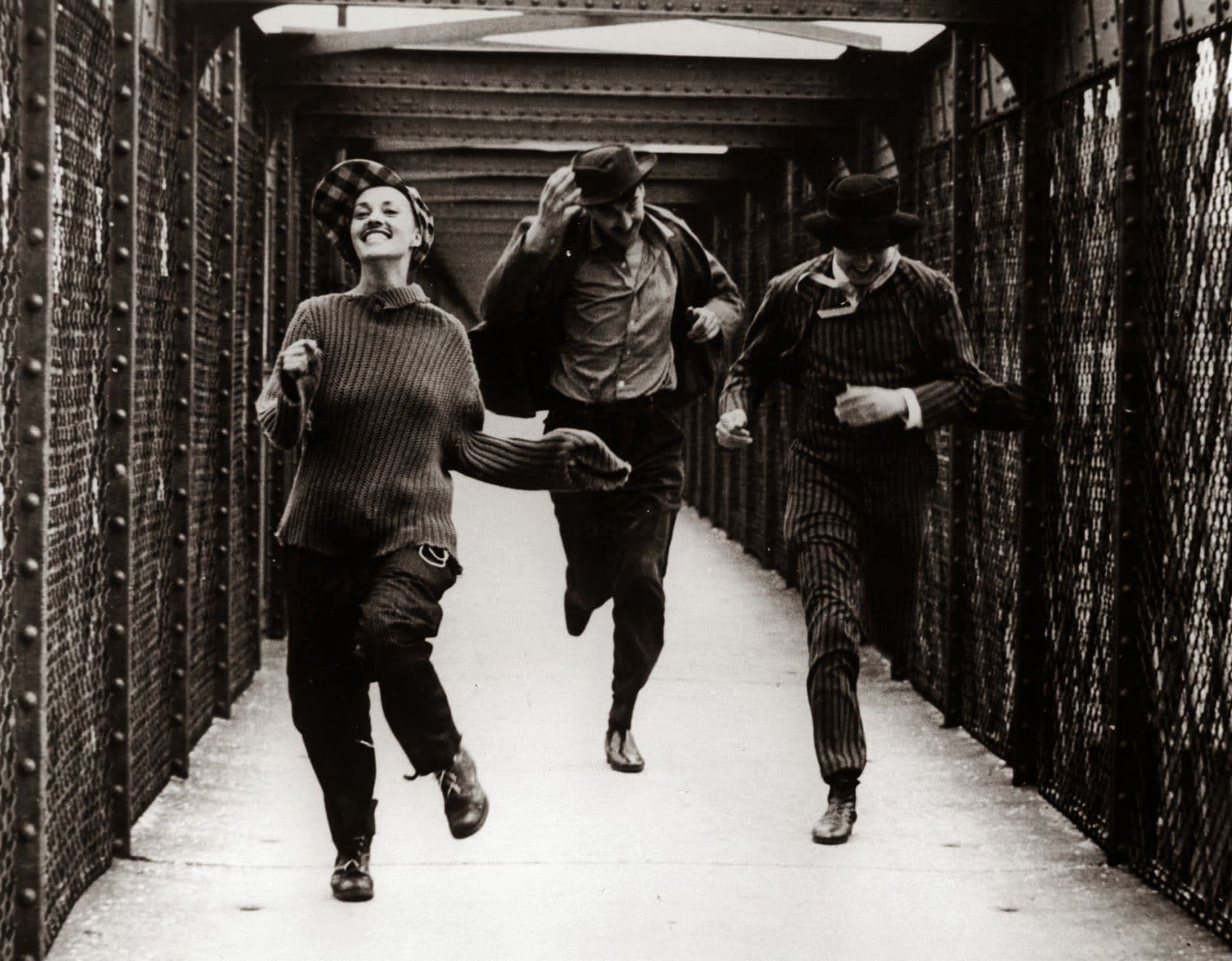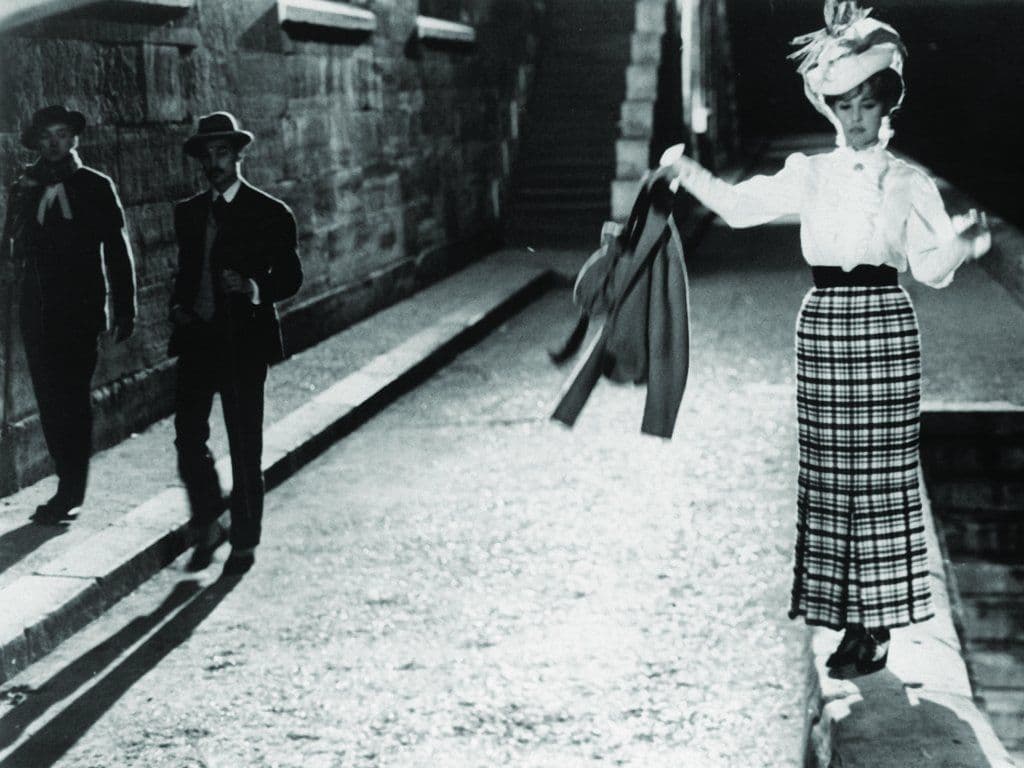
Jules and Jim
1962
Rate this movie
Average: 0.00 / 5
(0 votes)
Director
François Truffaut once again, like a knife through butter, plunges his gaze into human feelings, offering them stripped bare to public scrutiny. Truffaut, the enfant terrible of the Nouvelle Vague, does not merely observe, but dissects with surgical precision the most intimate fibers of the soul, stripping them of all bourgeois artifice to reveal their raw, often uncomfortable, truth. This approach, inherited from his critical militancy on Cahiers du Cinéma, where he theorized the author as the sole true creator, finds in "Jules and Jim" one of its supreme expressions, a manifesto of stylistic and thematic freedom that shatters the narrative and moral conventions of the era.
In this story, based on the novel of the same name by Henri-Pierre Roché, two men fall in love with the same woman, but it is a trivial fate that this woman chooses one of them. The supposed banality of this love triangle – an apparently simple plot, derived from Henri-Pierre Roché's little-known but striking autobiographical novel, rediscovered by Truffaut in a used bookstore – is immediately disproven by the depth with which Truffaut delves into the psyche of his protagonists. It is not merely a choice, but a centrifugal and centripetal force that attracts and repels, embodies and destroys. Catherine, splendidly embodied by Jeanne Moreau at the peak of her magnetic beauty and restlessness, is not just the object of desire; she is the catalyst, the unpredictable element, a kind of pagan goddess of freedom and instinct, whose vital impulsiveness, sometimes joyful and sometimes nihilistic, shapes the destiny of the two friends, Jules and Jim.
It is crucial to specify that the cataclysm which shatters the carefree, bohemian idyll of Jules, Jim, and Catherine is not the Nazi occupation, but rather the horror of the First World War, the conflict that, like an irrevocable caesura, tears apart the innocence of the Belle Époque and propels Europe into an era of profound disillusionment. The war separates and transforms them: Jules, the more reflective and introverted, and Jim, the more ardent and cerebral, find themselves not only scarred by the trenches but also with a keen awareness of the precariousness of existence and, consequently, the fleeting nature of all sentimental harmony. This reunion, far from restoring the lost balance, definitively disrupts it, revealing a new, precarious arrangement where love takes on ambiguous nuances, oscillating between possessiveness and the desire for absolute freedom. Their friendship, though deep, is put to the test by Catherine's volcanic force, who does not adapt to predefined roles and embodies the inevitability of change.
A great film that still today excites and engrosses with a modern and compelling screenplay and an analytical and ruthless portrayal of the lovers. The modernity of "Jules and Jim" lies not only in its thematic audacity – the exploration of a ménage à trois in an era still characterized by prudishness – but is intrinsically linked to its formidable stylistic experimentation. Truffaut orchestrates a visual symphony that is a true compendium of the Nouvelle Vague's innovations: frantic tracking shots, panoramic shots following dancing bodies, jump cuts that shatter temporal linearity, freeze frames that isolate an emotion, rapid transitions, the omnipresent and poetic use of the narrating voice-over – all elements that contribute to creating a feverish rhythm and an atmosphere of perennial urgency. The editing, almost jazzy, is a dance of images and sensations that reflects the characters' inner turmoil. This formal dynamism is not mere virtuosity, but a conscious choice to convey the fleetingness of time and the complexity of feelings. The "analytical and ruthless portrayal" of the lovers is such because Truffaut does not judge, but shows, with empathy yet without moralizing, their stubborn and often painful search for unattainable happiness, a freedom that ultimately consumes itself.
What unsettles and intrigues is not so much the disenchantment with which the director views the events, but rather the fleeting passion that pulsates feverishly, overseeing the chaos of occurrences: a thin thread that stitches the events together and which Truffaut shrewdly places in the hands of the viewer, determining their ephemeral role as Demiurge. And it is precisely here that Truffaut's genius reveals itself in all its evocative power. The work is not a cold autopsy of human relationships, but rather the observation of a fever, a furor amoris that transcends logic and convention. The "fleeting passion" is the true narrative engine, a primordial energy that fuels both ephemeral joys and inevitable tragedies. Truffaut does not fear chaos; on the contrary, he embraces it, recognizing in it the true essence of an existence that refuses any predetermined scheme. The narrative, though guided by the omniscient voice, leaves the viewer the task of piecing together a fragmented mosaic of emotions and impulsive decisions. We are called to be not mere observers, but co-creators, "Demiurges" of a sentimental universe where every certainty is provisional and every bond is put to the test by time and uncontrollable desire. This approach also reflects the spirit of the times in which the film was made, the dawn of the 1960s, a decade of rupture and new individual freedoms, anticipating the cultural ferment and challenges to conventions that would characterize the decade. The iconic song "Le Tourbillon de la Vie," sung by Jeanne Moreau, becomes not just a leitmotif, but a true interpretative key to the film, a perfect metaphor for life that spins, overwhelms, and never stops, just like the passion that inextricably binds the three protagonists in a spiral of attraction and repulsion, of illusion and disenchantment. The film is not merely a love story, but a meditation on time, memory, and the search for a form of freedom that often borders on destructiveness, questioning the audience on how sustainable a happiness is that disregards conventions.
A brilliant reversal that only Truffaut could achieve, an audacious artistic endeavor, a timeless masterpiece that continues to question us about the very nature of love and friendship, about the beauty of freedom and its costs. Only Truffaut, with his unique sensibility and his unreservedly human vision, could transform a niche novel into a universal cinematic work, capable of capturing the very essence of life in its eternal, swirling becoming. "Jules and Jim" remains a milestone, not only of the Nouvelle Vague but of the entire history of cinema, a hymn to life in its perpetual and often painful maelstrom.
Country
Gallery




Featured Videos
Official Trailer
Comments
Loading comments...